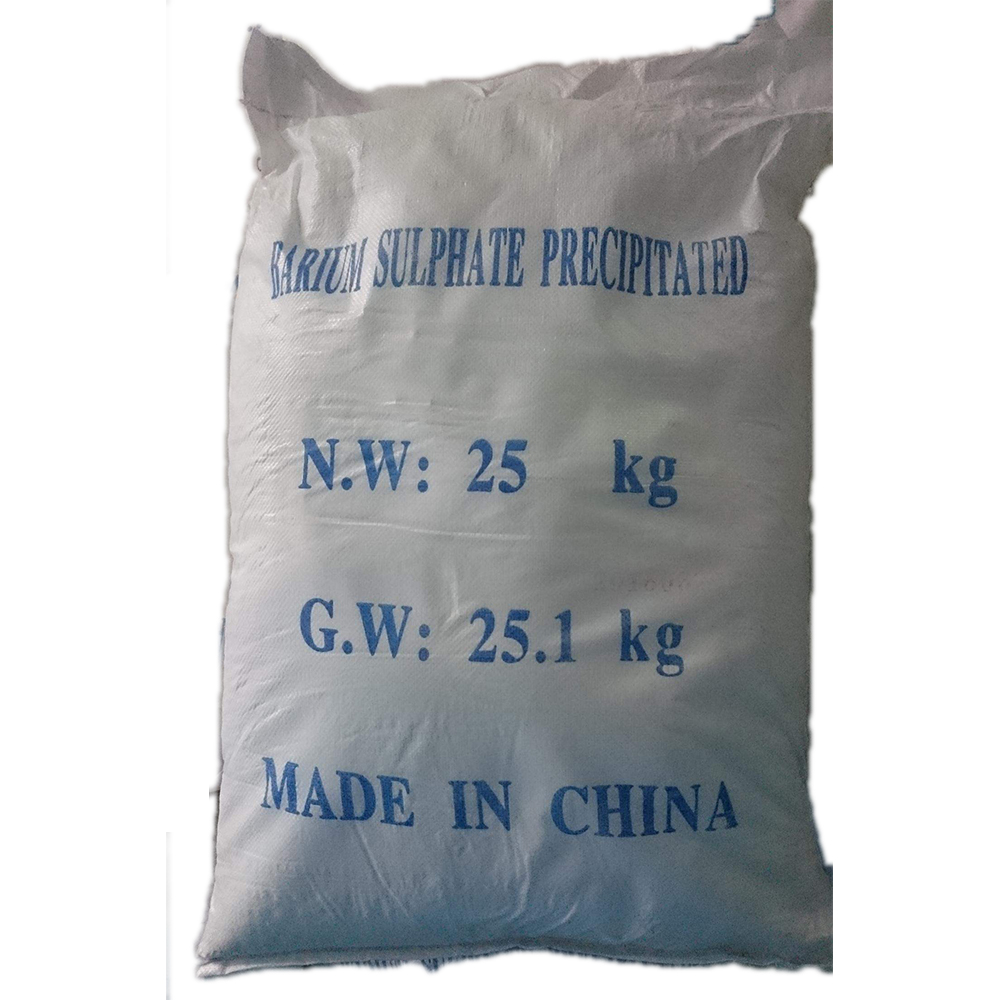



cationic polyacrylamide flocculant
Cationic polyacrylamide flocculant has emerged as an essential chemical agent in various industrial processes due to its unique properties and versatile applications. With its strong ability to facilitate the aggregation of suspended particles, cationic polyacrylamide (CPAM) plays a significant role in water treatment, wastewater management, and many other industries.
Cationic polyacrylamide is a synthetic polymer derived from the polymerization of acrylamide in the presence of cationic monomers. This structure endows it with a positive charge, allowing it to interact effectively with negatively charged particles in suspensions. This characteristic makes cationic polyacrylamide particularly useful in flocculation processes, where small particles are brought together to form larger aggregates, or flocs, which can then be easily separated from the liquid.
One of the primary applications of cationic polyacrylamide is in the treatment of wastewater. Industries such as mining, paper manufacturing, and oil extraction generate substantial amounts of wastewater that contain high concentrations of solid particulates. The introduction of CPAM into these wastewater streams enhances the coagulation process, improving the removal of suspended solids and colloids. As a result, the treated effluent meets regulatory standards for discharge, minimizing environmental impact.
Moreover, cationic polyacrylamide is widely utilized in the pulp and paper industry
. It aids in the retention of fibers and fillers during the papermaking process, leading to improved product quality and reduced operational costs. By enhancing the efficiency of material utilization, CPAM contributes to more sustainable production practices.cationic polyacrylamide flocculant

In addition to water treatment and paper production, cationic polyacrylamide finds applications in various other fields, including agriculture and food processing. In agriculture, CPAM can be employed as a soil conditioner, helping to improve soil structure and water retention. This capability is particularly valuable in areas facing soil erosion or drought conditions. In food processing, cationic polyacrylamide serves as a clarifying agent, assisting in the separation of solids from liquids in products such as fruit juices and wines.
Despite its numerous benefits, the use of cationic polyacrylamide is not without considerations. Concerns regarding the potential toxicity of acrylamide monomers have led to increased scrutiny of its applications. Therefore, suppliers and manufacturers are focused on providing high-quality products with low residual acrylamide content. Ongoing research in this field aims to enhance the efficacy of cationic polyacrylamide while ensuring its safety for human health and the environment.
In conclusion, cationic polyacrylamide flocculant plays a crucial role in a variety of industrial processes, particularly in water treatment and paper manufacturing. Its ability to facilitate the aggregation of particles not only enhances operational efficiency but also promotes environmental sustainability. As industries continue to evolve and face new challenges, cationic polyacrylamide will likely remain a vital component in the quest for improved efficiency and environmental responsibility. Moving forward, it will be essential to address safety concerns and invest in research to optimize its applications and minimize any potential risks associated with its use.
-
Why Sodium Persulfate Is Everywhere NowNewsJul.07,2025
-
Why Polyacrylamide Is in High DemandNewsJul.07,2025
-
Understanding Paint Chemicals and Their ApplicationsNewsJul.07,2025
-
Smart Use Of Mining ChemicalsNewsJul.07,2025
-
Practical Uses of Potassium MonopersulfateNewsJul.07,2025
-
Agrochemicals In Real FarmingNewsJul.07,2025
-
Sodium Chlorite Hot UsesNewsJul.01,2025










